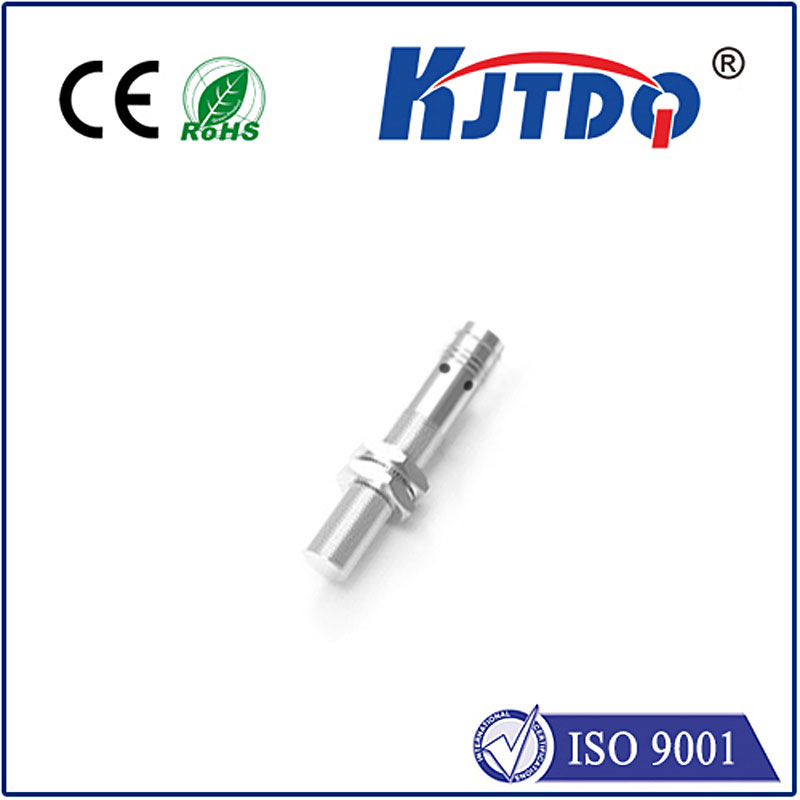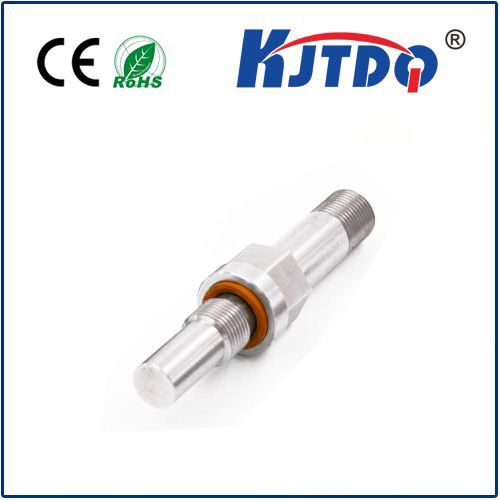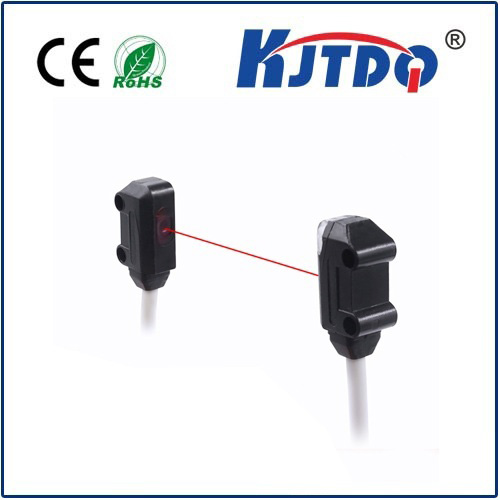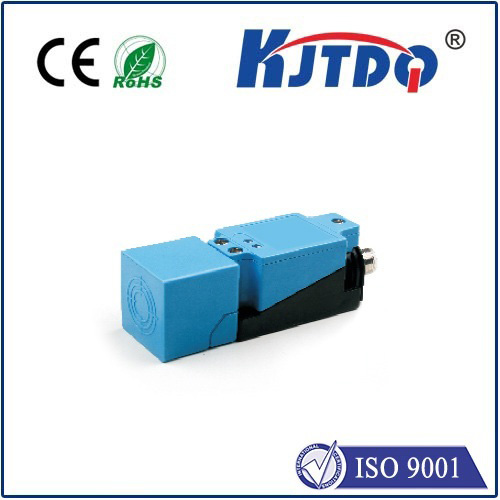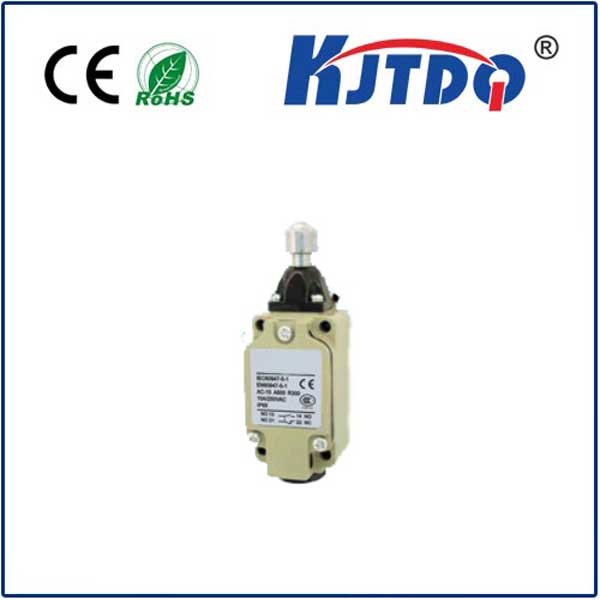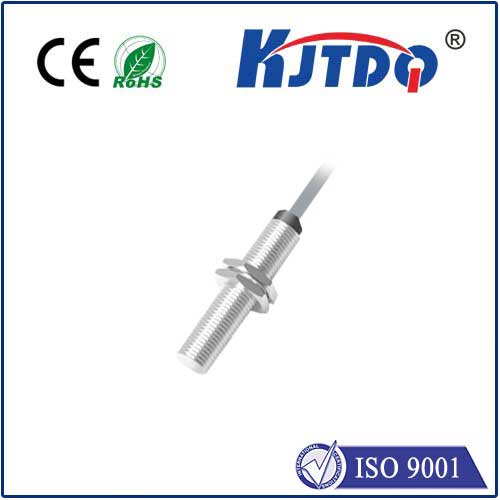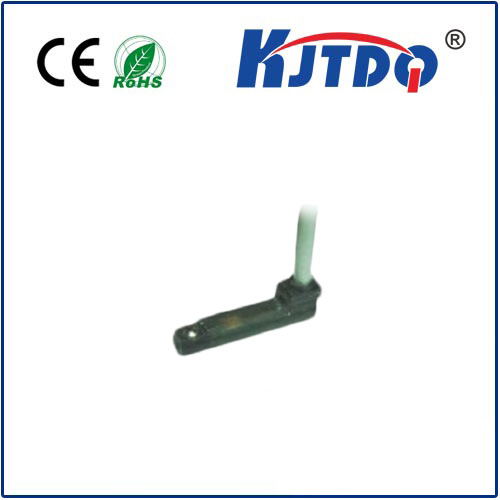modbus temperature sensor
- time:2025-08-21 04:52:46
- Нажмите:0
Modbus Temperature Sensor: The Universal Backbone of Industrial Monitoring
Imagine a critical industrial process grinding to a halt. Production lines silent, valuable product spoiled, alarms blaring. Often, the unseen culprit lies not in a massive machine failure, but in an inability to accurately monitor something as fundamental as temperature. Preventing such costly scenarios hinges on reliable, accessible data. This is where the Modbus temperature sensor steps in, not as a flashy novelty, but as the steadfast workhorse, forming the essential nervous system for countless monitoring and control applications worldwide.
Beyond the Thermometer: What is a Modbus Temperature Sensor?
At its core, it’s precisely what the name implies: a device designed to measure temperature and communicate that reading digitally using the Modbus communication protocol. But this simplicity belies its power. Unlike analog sensors requiring specialized input cards, a Modbus temperature sensor integrates the sensing element (like a Pt100 RTD, thermocouple, or thermistor) with built-in electronics that convert the analog temperature signal into a precise digital value. Crucially, it packages this value into a standardized Modbus register.
This digital transformation is key. Modbus is an open, vendor-neutral, serial communication protocol developed in 1979 by Modicon (now Schneider Electric). Its enduring popularity stems from its simplicity, robustness, and widespread adoption across industrial automation. A Modbus temperature sensor speaks this universal language, allowing it to connect seamlessly to a vast ecosystem of devices – Programmable Logic Controllers (PLCs), SCADA systems, Human-Machine Interfaces (HMIs), data loggers, and modern IoT gateways.
The Engine Room: How Modbus Makes Temperature Data Flow

The magic happens through serial communication. Sensors typically support Modbus RTU (Remote Terminal Unit) over RS-485, the most common variant in industrial settings, known for its noise immunity and suitability for longer distances (up to 1200 meters). Increasingly, sensors also offer Modbus TCP/IP, running over standard Ethernet networks, ideal for integration into modern networked environments.
A central controller (the Modbus master) initiates communication. It sends a request frame containing:
- The address of the specific sensor (a unique identifier on the bus).
- A function code (e.g., “Read Holding Registers”).
- The starting register address where the temperature data is stored.
- The number of registers to read.
The sensor (acting as a Modbus slave) receives this request. If addressed to it, it retrieves the requested data (e.g., the 16-bit integer representing temperature, often scaled by a factor like 10 to give 0.1°C resolution) and sends a response frame back to the master. This process happens rapidly, often multiple times per second across many sensors on the same network.
Key Advantages Driving Ubiquity
Why has the Modbus temperature sensor become such a fundamental component?
- Universal Compatibility: This is the biggest advantage. Integration with virtually any industrial control system or modern software that supports Modbus is straightforward. No proprietary protocols or expensive gateways needed. True plug-and-play interoperability reduces engineering time and costs significantly.
- Simplified Wiring & Cost Efficiency: Using RS-485 (or TCP/IP), multiple sensors connect in parallel on a single, twisted-pair cable (a multidrop bus). This drastically reduces wiring complexity, conduit space, and overall installation costs compared to running individual analog lines for each sensor back to the controller.
- Digital Reliability: Digital signals are inherently more resistant to electrical noise, signal degradation over distance, and calibration drift compared to analog (4-20mA or 0-10V) signals. You get the exact digital value from the sensor, not an interpretation of a voltage or current.
- Extended Range: RS-485 enables communication over distances impractical for analog signals without repeaters or signal conditioners.
- Scalability: Need to add more monitoring points? Simply add another Modbus slave sensor to the existing network bus. The infrastructure readily scales.
- Remote Access & Data Logging: Easily route Modbus data (especially TCP/IP) to central servers, cloud platforms, or HMI/SCADA systems for real-time visualization, historical trending, alarming, and data analysis.
Putting Modbus Temperature Sensors to Work: Diverse Applications
Their versatility shines across industries:
- HVAC & Building Management: Monitoring air handlers, chillers, boilers, room temperatures, and ductwork for optimal climate control and energy efficiency.
- Industrial Process Control: Overseeing temperatures in reactors, tanks, pipelines, ovens, furnaces, dryers, and cooling systems critical for product quality and process safety.
- Food & Beverage: Ensuring strict temperature compliance in refrigeration units, pasteurization processes, fermentation tanks, and during transportation (cold chain monitoring). Preventing spoilage is paramount.
- Возобновляемые источники энергии: Monitoring heat in geothermal systems, solar thermal collectors, battery storage units (preventing thermal runaway), and power electronics.
- Water & Wastewater: Tracking influent/effluent temperatures, sludge digestion processes, and equipment health.
- Laboratories & Research: Providing stable, reliable temperature readings for sensitive experiments and environmental chambers.
Choosing and Implementing Effectively
While standardized, careful consideration ensures optimal performance:
- Sensor Type (RTD, Thermocouple, etc.): Match the sensing technology (accuracy, range, response time) to your application requirements. Pt100 RTDs are often favored for industrial accuracy and stability.
- Modbus Variant (RTU vs. TCP/IP): Choose based on existing infrastructure and distance needs. RS-485/RTU is classic industrial; Ethernet/TCP/IP suits networked environments.
- Addressing: Every slave sensor must have a unique Modbus address on the bus segment. Plan addressing carefully during system design.
- Register Mapping: Understand exactly which Modbus register(s) hold the temperature value and its scaling factor. Consult the sensor’s datasheet; this is critical for configuring the master device correctly. Is it a signed integer? Scaled by 10 or 100?
- Baud Rate & Parity: Ensure all devices on the same bus segment (sensors and master port) are configured with identical communication parameters (baud rate, data bits, stop bits, parity). Common baud rates are 9600 or 19200.
- Electrical Termination: For RS-485 networks, proper termination resistors at both ends of the multidrop cable segment are essential to prevent signal reflections and communication errors.
- Power Supply: Reliable power is crucial. Ensure adequate power sourcing, especially for longer bus runs with multiple sensors.
Conclusion: The Enduring Foundation
The Modbus temperature sensor exemplifies the power of standardization. By providing a robust, cost-effective, and universally understandable method to digitize a fundamental physical parameter, it has become an indispensable component in the landscape of industrial automation and monitoring. Its simplicity, reliability, and unparalleled compatibility ensure that the Modbus temperature sensor will continue to be the trusted backbone for gathering critical thermal data for countless applications, from factory floors to server rooms, long into the future. In a world increasingly driven by data, this unassuming device provides the essential foundation for informed decisions and reliable operations.

